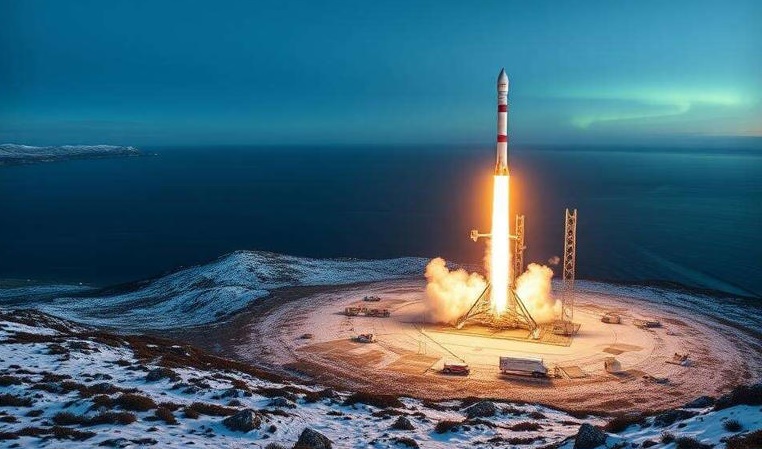Russia Registers Two-Seater Patent of Su-57 Stealth Fighter

Russia United Aircraft Corporation (UAC) has recently submitted a patent application for an innovative two-seater stealth fighter jet, possibly the much-anticipated Indo-Russian Fifth-Generation Fighter Aircraft (FGFA). The patent, made public on November 29, 2023, outlines the aircraft features, showcasing a twin-engine, canard-delta configuration designed for optimal stealth capabilities.
Originally initiated in 2007, the FGFA program emerged as a collaborative effort between India and Russia, aiming to develop a cutting-edge fighter jet to replace India aging MiG-21s and Su-30MKIs. However, the program encountered setbacks due to delays and disputes over cost-sharing, leading to India withdrawal in 2018.
Despite India departure, Russia persevered in advancing the FGFA, and the recent patent filing hints at the readiness to unveil this state-of-the-art aircraft. Detailed in the patent documents is a fighter jet reminiscent of Russia Su-57, its inaugural stealth fighter, yet featuring an enlarged fuselage to accommodate two crew members. The aircraft boasts advanced attributes, including a new radar system and an electronic warfare suite.
The FGFA, if successful, is poised to become a formidable rival to the United States F-35 Lightning II and China J-20 stealth fighters, potentially revitalizing Russia standing in the global fighter jet market.
India withdrawal from the FGFA program dealt a significant blow to its defense aspirations. However, the recent patent filing indicates Russia continued interest in offering the aircraft to India. While there remains a possibility of India rejoining the program in the future, such a move would likely necessitate a substantial investment from the Indian government.
Meanwhile, India is exploring alternative options to modernize its aging fighter fleet. The country is actively reviewing proposals from various nations, including France, Sweden, and the United States. Additionally, India is progressing with the development of its own indigenous fighter jet, the Tejas LCA.



